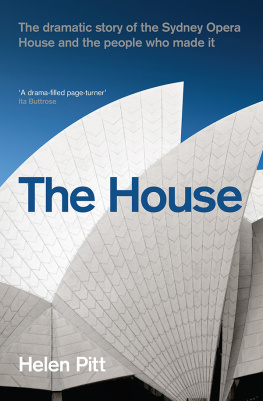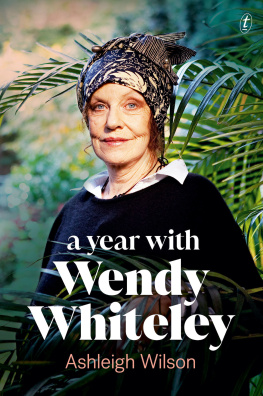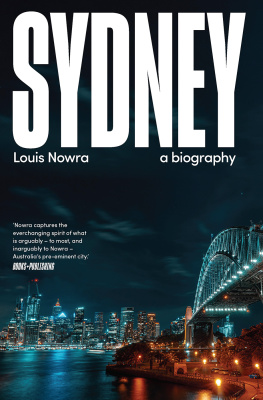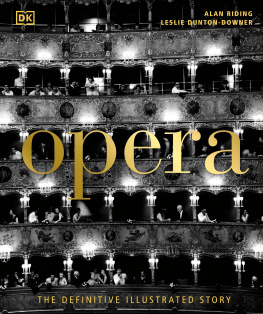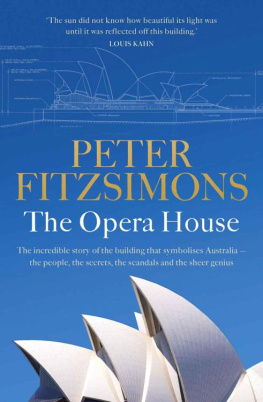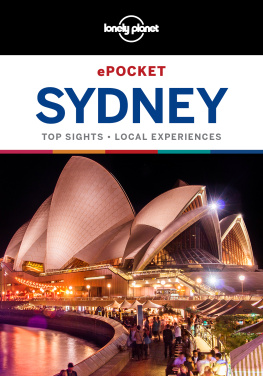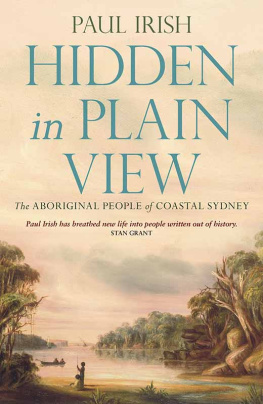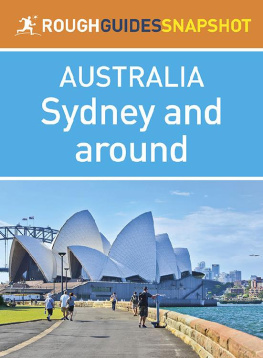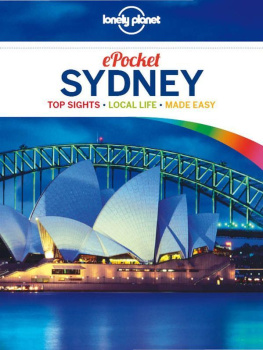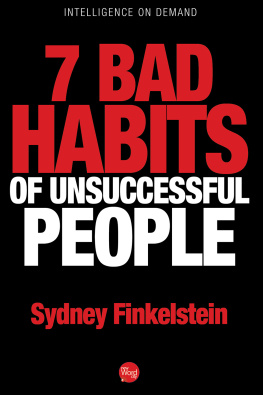By breathing life into the assortment of characters cast by destiny to play a role in the construction of the Sydney Opera House, Helen Pitt has turned a history lesson into a drama-filled page-turner.
Ita Buttrose AO OBE
Australia in the seventiesmullets, platform shoes and, miraculously, the Opera House. At least we got one of them right. A great read.
Amanda Keller, WSFm breakfast presenter
Helen Pitt tells us so much about the building of the Sydney Opera House weve never heard before: even those of us who have worked for the NSW government. Like a piece of investigative reporting into our states past, its an absolutely fascinating account.
Bob Carr, former Premier of NSW
A Shakespearean drama of intrigue, misunderstanding, deception, the human failure enacted by Goossens the music visionary, Utzon the architect, Arup the engineer, NSW Government and the replacement architect Hall. All were losers except the people of Australia who gained the Sydney Opera House.
Professor Philip Cox AO, COX Architects
As gripping as Scandi-noir but set in Sydney.
Ole Sndberg, Danish producer of The Girl with the Dragon Tattoo
The gripping tale of our legendary Opera House, written with great eloquence by Helen Pitt.
Marta Dusseldorp, actor
Helen Pitt is a Sydney Morning Herald journalist who has worked as the opinion and letters editor at Australias oldest daily metropolitan newspaper where she began her career in 1986. She has worked as a writer for The Bulletin magazine, in California for New York Times Digital, and as a television reporter at Euronews in France. In 1992 she was selected to take part in the Journalists in Europe program in Paris. Her feature writing has won the Austcare Media award and been highly commended in the UN Media Peace prize.
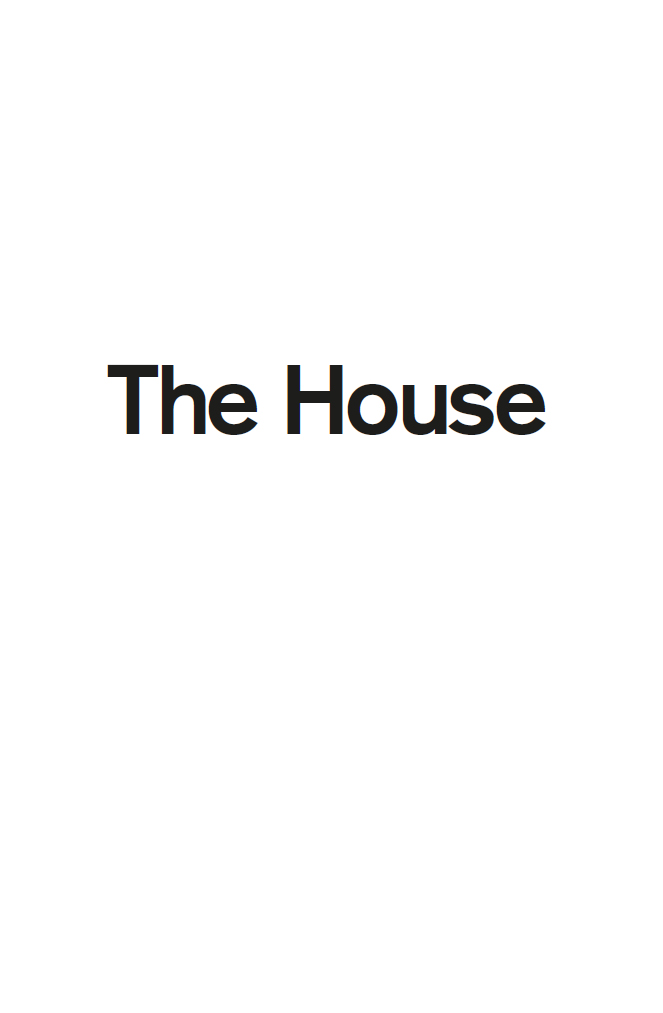
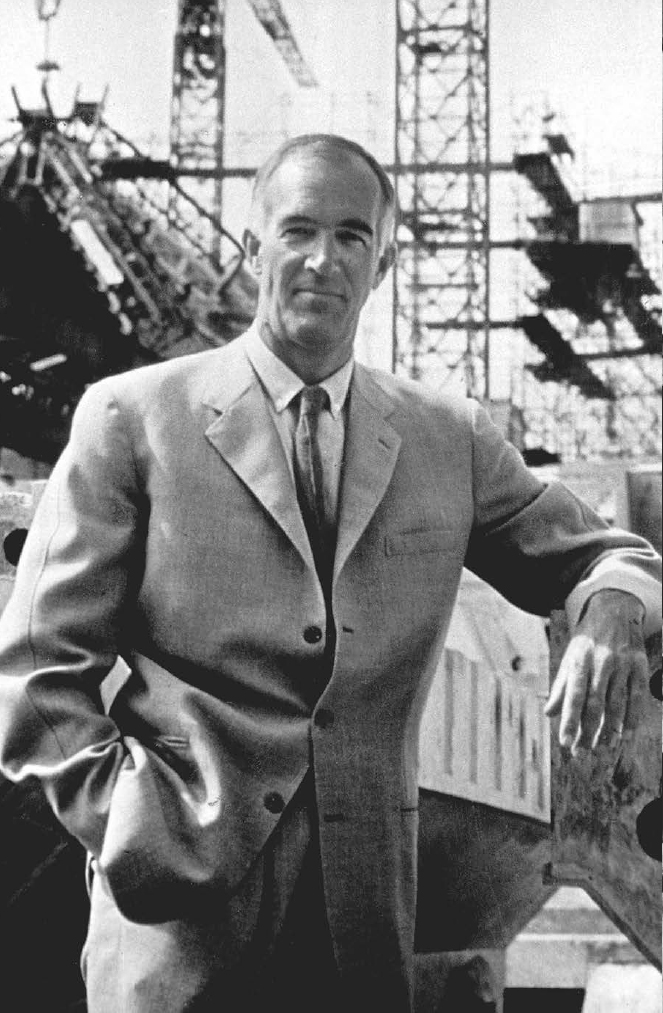
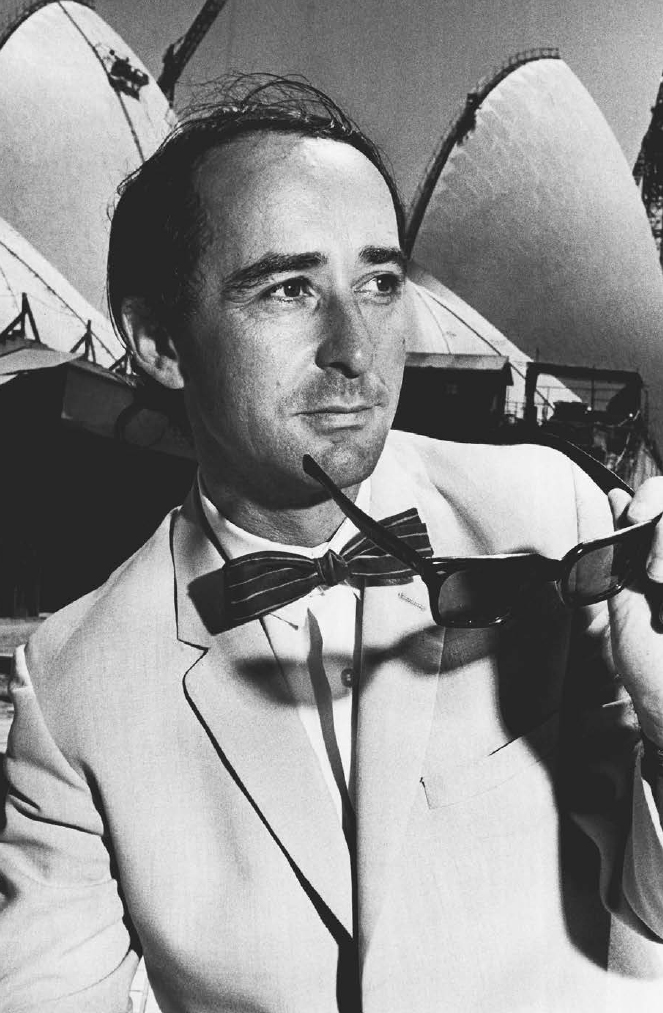
In loving memory of my family:
my father Allan, the analytical engineer;
my mother Grace, the pianist with perfect pitch;
my opera- and symphony-loving Aunty Margaret;
my Uncle Harold, there the day De Groot cut the ribbon;
and the Sydney of my childhood

Photographs of Jrn Utzon courtesy of Fairfax Media
: Lines from Five Bells by Kenneth Slessor from Selected Poems, reproduced with permission of HarperCollins.
Every attempt has been made to contact copyright holders of works quoted in this book. The publisher would be pleased to hear from original copyright holders to rectify any omissions.
First published in 2018
Copyright Helen Pitt 2018
All rights reserved. No part of this book may be reproduced or transmitted in any form or by any means, electronic or mechanical, including photocopying, recording or by any information storage and retrieval system, without prior permission in writing from the publisher. The Australian Copyright Act 1968 (the Act) allows a maximum of one chapter or 10 per cent of this book, whichever is the greater, to be photocopied by any educational institution for its educational purposes provided that the educational institution (or body that administers it) has given a remuneration notice to the Copyright Agency (Australia) under the Act.
Allen & Unwin
83 Alexander Street
Crows Nest NSW 2065
Australia
Phone: (61 2) 8425 0100
Email:
Web: www.allenandunwin.com

ISBN 978 1 76029 546 2
eISBN 978 1 76063 666 1
Internal design by Philip Campbell Design
Set by Midland Typesetters, Australia
Cover design and photography: Philip Campbell Design
Contents
I was driving across San Franciscos Golden Gate Bridge listening to the BBC World Service on the car radio when I heard that Danish architect Jrn Utzon had died. It was 29 November 2008. I felt an instant stab in my heart. We Sydneysiders born in Generation Jrn all knew the great gift he gave our city: the Sydney Opera House. One of the indisputable masterpieces of human creativity, not only in the 20th century but in the history of humankind, as UNESCO described it in 2007 when it joined the World Heritage list.
I glanced to the right as I drove across the Golden Gate that day, almost expecting to see the magnificent white sails of the Opera House. Id lived in San Francisco for nearly a decade at that point but was overcome with a wave of nostalgia for the city of my birth. As I listened to Utzons obituary on the radio, instead of the San Francisco Bay, I saw a sparkling Sydney Harbour and was transported back to Bennelong Point on a windy spring day in 1973.
I was an eight-year-old-girl on 20 October, the day Australias most famous building was officially opened by Queen Elizabeth II. With my family on a chartered ferry, I was perched in a prime position to catch a glimpse of the newly completed Sydney Opera House.
Like most Sydneysiders, we were eager to see the opening of our citys much-talked-about building. The harbour was packed with people on pleasure crafts bobbing up and down in the swell. Out on the harbour there were more bikinis than mink furs. The white tiles of the sails glistened, slinky and smooth like the skin of a reptile sunning itself beneath a brilliant blue sky.
I got a little seasick, but my dad took me out on deck for a better view. Keep your eyes on the horizon, he told me, as he looked through his binoculars to view proceedings at the Opera House up close. Listening to his tranny radio through an earpiece, he pointed skyward and uttered words I still remember to this day: Theres a black fella on top of the big white shell. My uncle, who had watched the opening of the Sydney Harbour Bridge from atop its arch, thought it might have been a prank, just as Francis De Groot had galloped on horseback and opened the bridge before state premier Jack Lang could cut the ribbon.
Aboriginal actor Ben Blakeney, wearing skin-coloured briefsa sort of black jock-strap as he called itstood on the top of the biggest shell. I am Bennelongand my spirit and the spirit of my people lives: and their dance and their music and their drama and their laughter also remains, he pronounced in the prologue to the opening ceremonies.

Decades after the ribbons were cut and the balloons and pigeons were let loose, Ben Blakeleys words have a resonance that I little understood as an eight year old. The spirit of the Aboriginal people who called this place Dubbagullee still inhabits the Opera House, as does the music and laughter of the many people from all over the world who built it. Its creation was the backdrop of my Sydney childhoodand the leitmotif of my parents love story.
My parents became engaged in 1957, the year Utzon won the competition to design the Sydney Opera House. My dad, an engineer, had taken my mum, a pianist with perfect pitch, on a date earlier that year to see the entries at the Art Gallery. When they married in 1958, they planned to build a house on my grandparents farm in Sydneys sprawling suburbs, very much along the lines of Jrn Utzons Danish homea simple rectangle with ceiling-to-floor glass letting in the sunlight. In March 1959, while having lunch in the Royal Botanic Gardens, my mother saw the 400 or so people gathered there for the sod turning that marked the official start of building. She followed the building from empty shell to final form in the way others followed the British royal family. After she died, I found a clipping from

